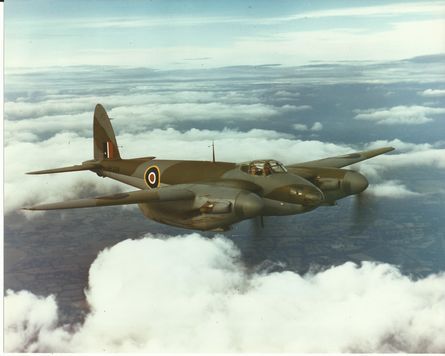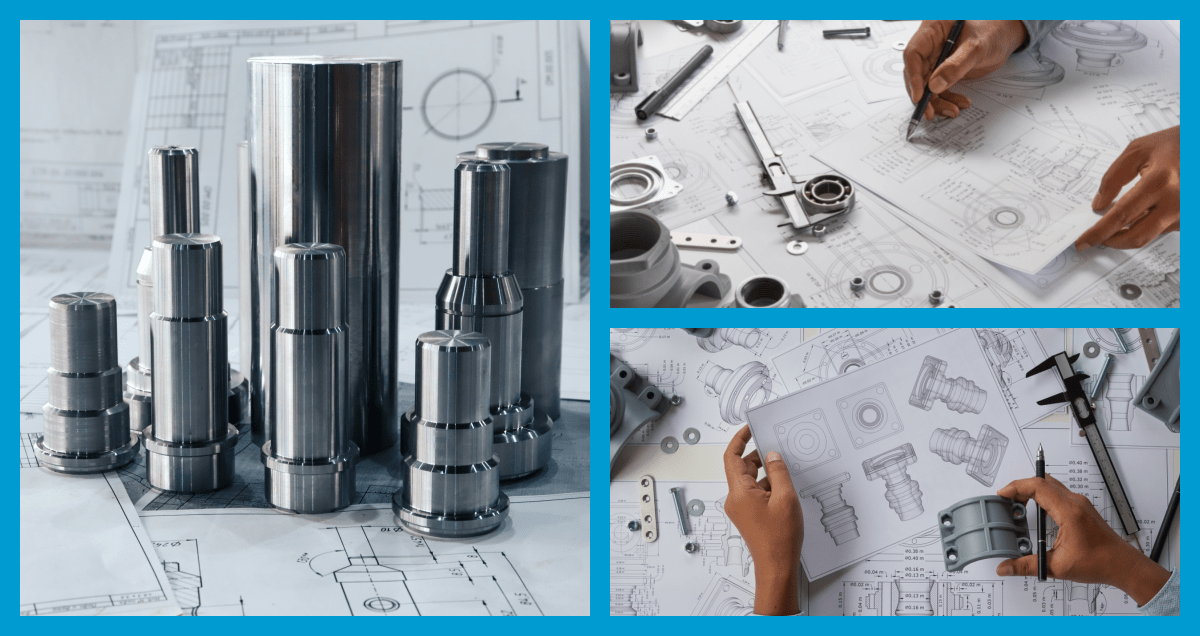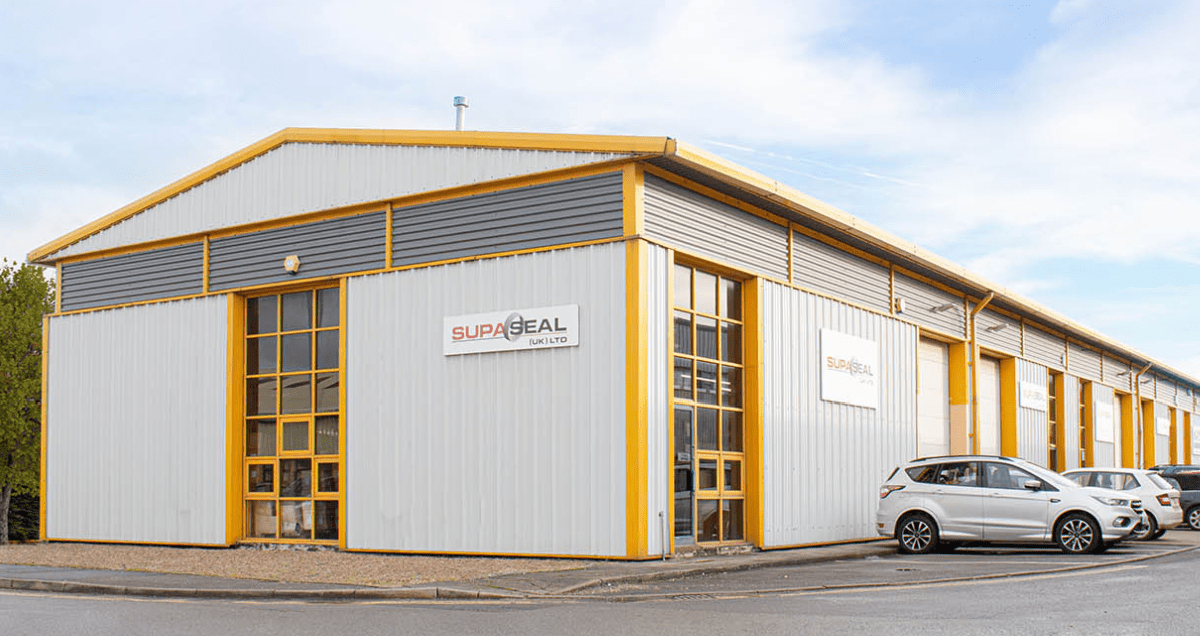
TFC were pleased to assist in supplying a small volume of Spirolox double-turn retaining rings when called upon to help by the de Havilland Aircraft Museum based at Salisbury Hall in Hatfield, Hertfordshire.
The de Havilland Mosquito Fighter Bomber was a British multi-role combat aircraft with a two-man crew that served with the RAF and other Allied countries during WW2 and with many other air forces around the world in the postwar era. Only a few aircraft survive of the 7,000 built, mainly because the wooden construction has been unable to readily withstand the rigours of an external environment over so many years.
A squadron of volunteers from the museum have been working valiantly for over 40 years rebuilding what was a sorry example of a piece of aeronautical history that finally returned home in the early 1970’s. Devoid of a wing and complete with gutted fuselage, serial number TA 122 originally built in early 1945, was a sad sight indeed. However, through the undaunted dedication of the Hertfordshire team, this example of twentieth century cutting edge technology now sports its original 605 squadron livery and will soon be on show for the public to admire and enjoy.
Gerry Mears, Chief Engineer at the museum says, it is hard to believe that, after so many years of toil and setbacks, we will soon be able to display this fine example of British engineering. This was only made possible through the contribution of companies like TFC who have generously supported us with our project.
The specific role played by TFC was in the supply of double-turn Spirolox retaining rings used to ensure the hub nut, housed in the de Havilland hydromatic propellor assembly, cannot become unscrewed. Unlike a conventional retaining ring or circlip that has a gap-end profile, Spirolox rings are made from a continuous coil of round-edge flat wire that is coiled on edge to form a full 360º support shoulder when fitted in a mating shaft or housing groove. Designed to conform to standard Imperial and DIN groove standards, these innovative products are readily available from stock in a wide range of materials to suit diameters from 6mm to in excess of 2,000mm.
Images supplied by de Havilland Air Museum.
For further details on the museum please visit www.dehavillandmuseum.co.uk
Latest News From TFC
Catch up on all of the latest supply chain, fastener industry and company news from TFC Ltd.
Catch up on all of the latest supply chain, fastener industry and company news from TFC Ltd.



















